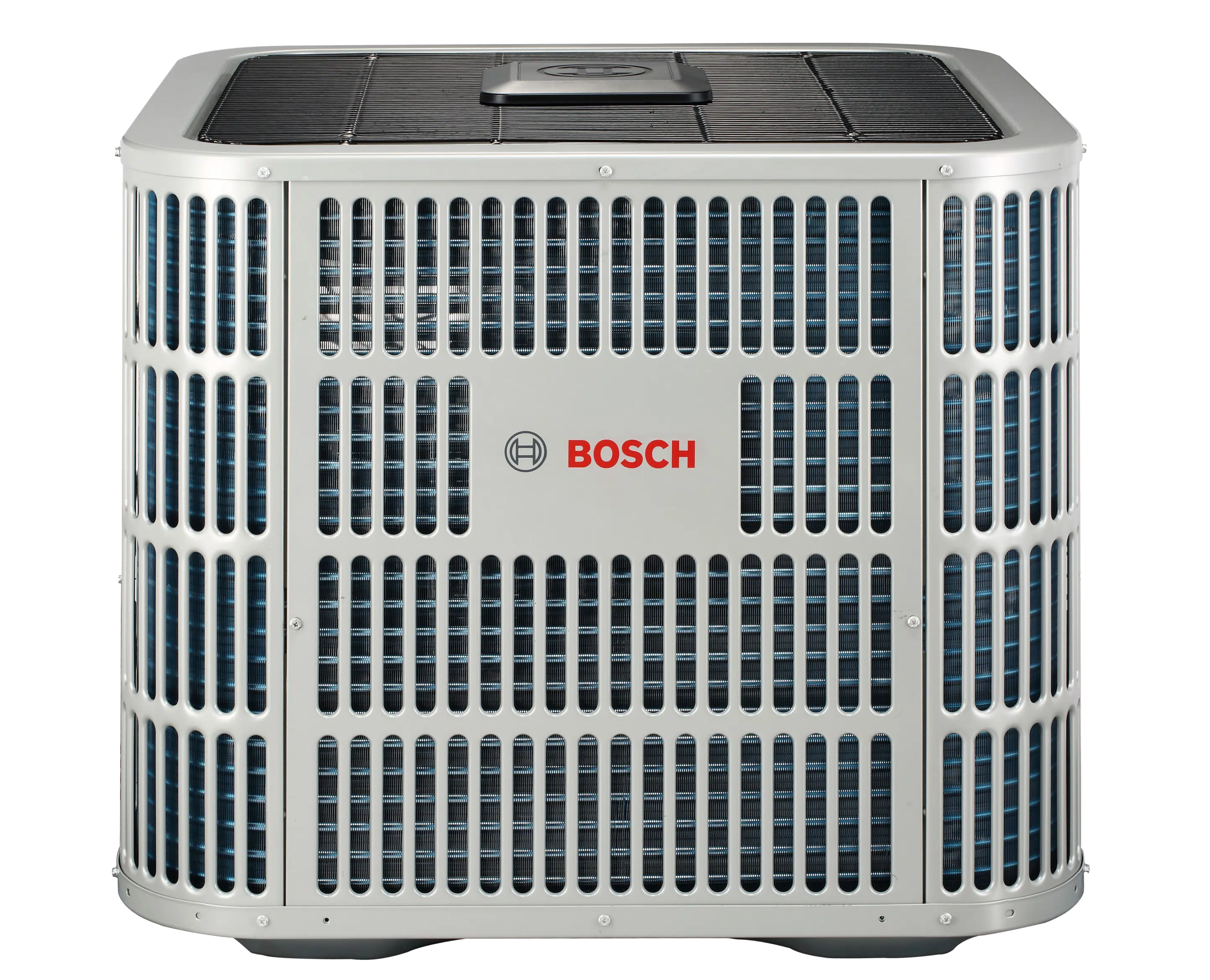The main topic of the current indoor air quality discussion is Humidifiers. This article explains how proper humidity reduces your chance of infection. Yes, its backed by science!
When a COVID-19 particle travels from an infected person’s mouth. It must quickly invade another host. Or, it will fall to the ground and dissipate.
How long the virus remains stable, as scientists say — depends on the environment. “The virus is more stable as the temperature and the humidity decrease, and it is less stable as the temperature and humidity increase,” says Lloyd Hough, PhD, head of the Hazard Awareness and Characterization Technology Center at the Department of Homeland Security.
Humidity not only affects the virus itself, but also the front lines of our immune system.
From the nose on down, the human respiratory tract filters out particles that would do us harm. That filtering system and other aspects of our immune system don’t work as well in dry air, somewhat like how a dry sponge doesn’t clean as well as a wet one.
It turns out dry air is not only bad for your skin. Low humidity can also impact your chances of catching COVID-19 this winter—at least that’s what a group of worldwide scientists from top universities believes. Because, they’re calling on the World Health Organization to include regulations on humidity levels when defining optimal indoor air quality.
Optimal Humidity Levels
Their argument outlines how dry indoor air (meaning air with less than 40% humidity) can impact the chances of catching a virus. Broken down in 3 ways: impairing the respiratory immune system’s defenses, increasing the virus’ “float” time, and elongating the virus’ survival time. The group suggests setting a standard relative humidity level indoors that’s between 40 and 60%. Which also aligns with the Environmental Protection Agency’s recommendation for indoor humidity.
RELATED: Global News: Can COVID-19 spread through HVAC systems? Canadian researchers seek to find out.
Smaller particles fly further:
Coronavirus particles from an infected person, expelled by talking or just breathing, are encased in tiny droplets of water and mucus. Larger droplets fall quickly, often within six feet or so. Smaller ones, called aerosols, are mostly invisible and can stay airborne. Regardless of a droplet’s size, its moisture begins to evaporate immediately upon expulsion, and the effect is more dramatic on the smaller aerosols.
RELATED: Face Mask Skin Irritation Is a Real Thing—Here’s What a Dermatologist Says You Can Do
Luckily, regulating your home’s humidity is surprisingly easy. Most modern homes have humidifiers built into their HVAC, and those that don’t can benefit from a humidifier. City Home Comfort offers whole home humidifier and air purifiers. Get a free furnace tune -up with the purchase of any H.E.P.A Air Filtration and Humidifier installation. Learn more about indoor air quality here.
Steam Humidifier is a whole house solution to restoring your home to proper humidity levels; levels that protect your belongings, your home and more importantly, the health and comfort of you and your family. Imagine purchasing a portable unit for every room of your house. It would be expensive, noisy and would require repeated cleaning and re-filling water trays. The Generalaire DS25P humidifier is virtually maintenance free! Easily installed and tucked away in your HVAC system, it’s so quiet you’ll forget it’s there.
Credit: CGF Products
To buy: Depending on application a Steam Humidfier will cost $1900-$2300.
However, most homes can get by with a standard flow through evaporative humidifier. Theses models are most common and cost in the range of $330-$600. The price depends on the model and installation difficulty.
While there are plenty of great evaporative humidifiers on the market, GereralAire stands out for its extra sanitary design. Steam and evaporative pad systems are both central units, capable of humidifying a whole house. Most can cover up to about 4,000 square feet, although some can handle more than 6,200 square feet. On the other hand, cool mist evaporative humidifiers are portable humidifiers. Although some cool mist evaporative units can provide moisture throughout an entire small home, or even a medium-sized home up to about 3,600 square feet, most portable units are limited to use in a single room.
Why viruses love winter
Winter is a wonderland for viruses. Scientists don’t know the exact equation for transmission risk, but they know the major factors. For starters, lower outdoor temperatures, lower humidity, and less sunlight all favor virus survival. Those environmental conditions also drive people indoors, where closeness and longer exposure times make human-hopping easier for the virus.
“Another important difference is that in wintertime, we heat our buildings, which usually means that we try to close them up to keep the heat in, and this reduces the ventilation rate of outdoor air, allowing aerosols to build up more,” says Linsey Marr, PhD, a civil and environmental engineering professor at Virginia Tech.
All things considered, it’s easy to see how the humidifier is important. Mainly why its installed by virtually every HVAC company around. Plus, with benefits that go beyond reducing your risk of COVID-19—including better sleep, congestion relief, and even anti-aging perks for your skin—there’s never been a better time to add one to your home setup.
Our December Promotion includes a Free Humidifier with the purchase of any new Furnace or Air Conditioner.
The information in this story is accurate as of press time. However, as the situation surrounding COVID-19 continues to evolve, it’s possible that some data have changed since publication. While Health is trying to keep our stories as up-to-date as possible, we also encourage readers to stay informed on news and recommendations for their own communities by using the CDC, WHO, and their local public health department as resources.









